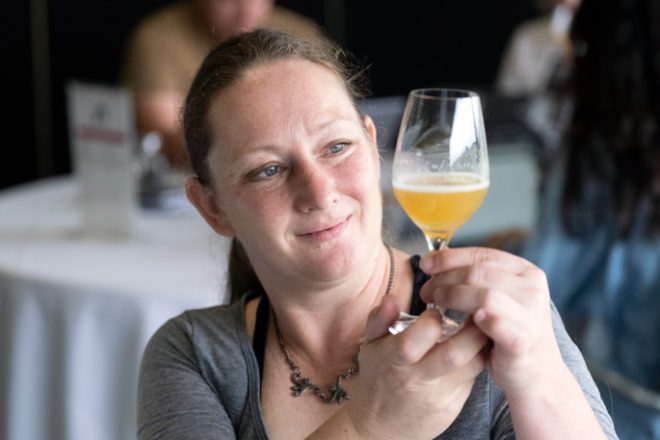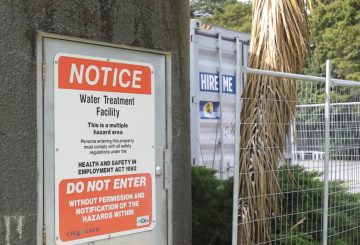Giải thưởng Bia & Cider Thế giới mới 2024 hiện đang được tiến hành, với một hội đồng gồm các giám khảo chuyên gia sẽ thử nghiệm các xu hướng mới nhất về bia và rượu táo. Hơn 600 loại bia đã được gửi bởi khoảng 100 nhà sản xuất đồ uống trong nước và quốc tế. Chúng bao gồm các loại bia truyền thống, rượu bia, stouts và các xu hướng mới hơn như các loại bia không cồn, low carb và mơ hồ.
Michael Donaldson, một nhà văn bia và là chủ tịch của ban giám khảo từ năm 2016, nói rằng các bài dự thi thường phản ánh những gì phổ biến trong siêu thị và tủ lạnh gia đình. Ông lưu ý rằng bia low carb, đã tăng doanh số bán hàng hơn một phần ba trong năm tính đến tháng 11 năm 2022, là xu hướng tăng trưởng nhanh nhất trong năm nay. Kết quả là, các giải thưởng đã tạo ra một hạng mục dành riêng cho các loại bia low carb.
Ban giám khảo cũng đang chứng kiến sự gia tăng các loại bia và rượu táo có cồn thấp và không có cồn, với khoảng 7% số bài dự thi thuộc loại này. Donaldson lưu ý rằng đã có sự gia tăng gấp bảy lần mức tiêu thụ các loại bia này từ năm 2019 đến năm 2022.
Bất chấp một số nhà phê bình, bia mờ vẫn phổ biến, chiếm khoảng một phần tư doanh số bán bia thủ công tại các cửa hàng Thực phẩm ở Đảo Bắc. Trong cuộc thi, các loại bia mờ là phong cách được tham gia nhiều nhất, với hơn 120 loại bia được đánh giá.
Ban giám khảo độc lập gồm 28 thành viên, do Donaldson và Phó Chủ tịch Kelly Ryan đứng đầu, sẽ đánh giá mỗi bài thi dựa trên sự xuất sắc về kỹ thuật, sự cân bằng, cảm giác miệng và khả năng uống. 30 bài dự thi hàng đầu sẽ được giới thiệu trong danh sách ‘phải thử ‘có sẵn trong các cửa hàng New World trên toàn quốc. Kết quả sẽ được công bố vào tháng Năm.




























































